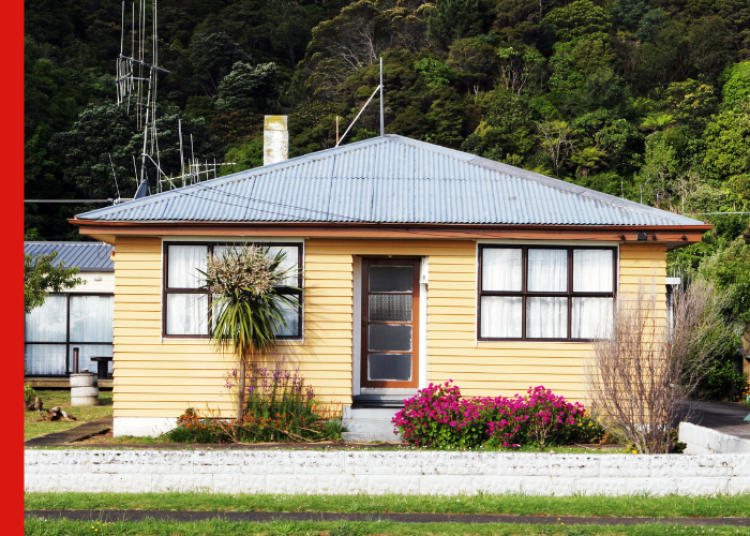
OPINION: An interesting trend in housing that has remained under the radar over the past few years is the rise in the number of homes selling for under $500,000.
While this price level may not seem significant for many in regional areas, for our major urban centres, $500,000 is something of a rule-of-thumb measure for what is considered ‘affordable’ for first-time and limited income buyers.
In 2019 and 2020, particularly in Auckland, finding a home for under $500,000 started to become as rare as the proverbial ‘hens’ teeth’.
Yet, in 2023 sales of homes for under $500,000 now make up more than 10% of Barfoot & Thompson’s sales.
I can best illustrate the trend in the rise of the under $500,000 family home through the table below by using data from Barfoot and Thompson’s sales over the past 6 years.
Year Percentage of sales under $500,000
2018 12.9%
2019 8.9%
2020 8%
2021 4.3%
2022 9.1%
2023 11.5% (9 months)
Across that 5-year period sales of $500,000 homes dipped from 12.9% to a low of 4.3% in 2021 and has now gone back up to 11.5% this year.
Yet between 2018 and 2023 (first 9 months) our median sales price increased from $837,000 to $990,000, an increase of 18%.
Certainly, the decline in house prices from their November 2021 peak will have contributed in some part to that rise which started last year.
But a far greater contributor is the number of multi-unit homes reaching the market that sell for under $500,000.
Rather than being the tired, in-need-of-upgrading property of yester-year, today's under $500,000 home is often a modern, well-constructed property that meets all the latest building regulations.
The same trend is occurring in the $500,000 to $750,000 price bracket, but within this price band the dip and recovery is not so sharp.
In 2018, 28% of the homes we sold were in the $500,000 to $750,000 price segment. The low point was reached last year when these priced homes made up 8.4% of properties sold. However, in the 9 months of this year, that percentage has risen significantly to 14.7%.
The rise in the percentage of multi-unit homes into the overall mix of new builds stands out when you analyse the latest data from Stats NZ (for the 12 months ending August 2023) on new-home building consents.
Of the 42,000 building consents issued close to 60% were for multi-unit homes and only 40% were for stand-alone houses.
Within the multi-unit category, the vast majority (73%) were for townhouses, flats and units; 15% were for apartments; and 12% retirement village units.
There were actually more townhouses, flats and units consented in the past 12 months than stand-alone houses (18,158 v 17,267).
In addition to creating ownership opportunities for first time and lower income buyers, over time, this trend towards multi-unit homes will change a number of aspects associated with how we all live in the larger urban areas.
The street scape of our cities and major towns will take on a different appearance; with more people compressed into the same land area there will be greater utilisation of infrastructure such as public transport, parks and essential services; and property insurance will reflect the shared ownership of adjoining walls and roof lines.
Whatever your view is on whether the move away from stand-alone homes is a good one, an undeniable benefit is that these homes that have put home ownership back within the reach of first-time buyers and those on limited incomes in our bigger cities such as Auckland, Wellington Christchurch, Dunedin, Hamilton and Tauranga.
It is a trend that is both irreversible and likely to accelerate in the years ahead.
